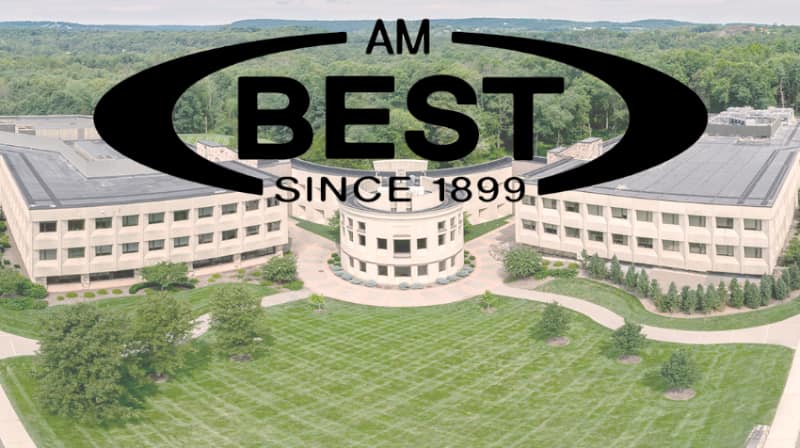Reinsurance consolidating organically, but ILS & retro partnerships are key: AM Best

For traditional reinsurers, scale and the ability to provide a broad and comprehensive offering has become more critical and with little interest in starting new companies in the space, the global reinsurance industry is consolidating organically, rating agency AM Best believes.
While it does this, the role of insurance-linked securities (ILS), third-party capital and retrocession partnerships is increasingly key for the traditional reinsurers, providing them with a way to manage exposure, leverage investor interest in supporting their continued growth and expansion, and securing efficient protection to manage peak peril risks.
AM Best says that the lack of new entrants to reinsurance has been an important factor in the market maintaining its discipline on terms and price.
There are a number of reasons for this, which we’ve discussed at length before, but AM Best highlights that, “Historical underperformance, a riskier environment that is more difficult to model and price and, most importantly, a new phase of more elevated interest rates, all contribute to a higher risk premium for potential investors looking to fund new ventures.”
But reinsurance sector capital continues to recover and expand anyway, with it set to reach a new high at the end of this year.
It’s not that we’ve seen any shortage of capital, but now we are seeing higher demand for reinsurance protection, which has helped to maintain a supply and demand equilibrium.
AM Best comments, “It isn’t that new capital has not been entering the market. It’s simply that the preferred beneficiaries are either well-established rated balance sheets—with strong track records and excellent market positions — or opportunistic, highly liquid alternatives in the ILS space.”
We’ve discussed AM Best’s comments on this before, that a healthy ILS market is proving more attractive to investors than funding reinsurance start-ups.
“Shareholders’ equity for most of the segment players continues to expand. This is happening more rapidly at the top, in a market where scale and the ability to provide a broad and comprehensive offer has become more critical,” AM Best added.
All of which leads the rating agency to point to an “organic consolidation” of the reinsurance industry, as the big reinsurers get bigger and thus extract increasing amounts of the market economics for themselves.
AM Best said, “What we are seeing is the organic consolidation of a segment able to generate profits to finance further expansion. Dominated by the largest players, scale, diversification, and flexibility to adapt to fluid market conditions have become keys to success.
“Sophisticated risk management, strong balance sheets, and partnerships with the ILS/retrocessional markets are contributing to consistent and more stable results.
“Although a cautious deployment of capital and a certain level of retrenchment have been necessary to restore profitability, the market position, balance sheet strength, and expertise that the leading players enjoy put them in an ideal position to gradually assume more of the emerging risks that are becoming dominant in a rapidly evolving economy.”
Insurance-linked securities (ILS) capital is playing a very important role in this and it’s not just that appetites to leverage third-party capital have increased, it’s that the strategies employed have become increasingly sophisticated.
Traditional reinsurers are finding ways to utilise third-party investor capital far more efficiently, as they work out the best structures and mechanisms to use, while maximising leverage on every dollar and effectively using ILS structures as elasticity for their own balance-sheets.
As this trend continues and sophistication in the use of third-party capital increases, we’re likely to see the race to scale funded much more by institutional investor appetite than by fresh equity raises and M&A.
It’s another step on the convergence trail. Modernisation of the use of ILS capital within the traditional reinsurance business model continues apace.






